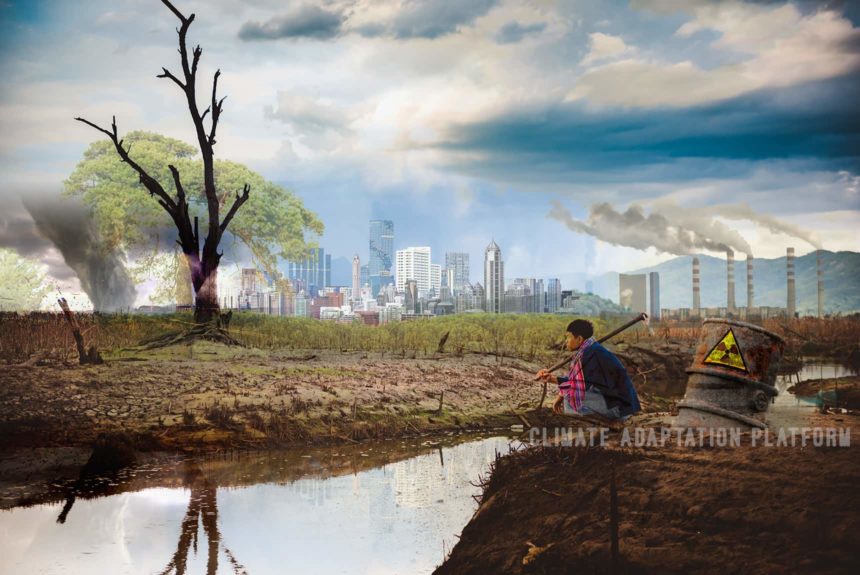If you think the end of this century is far enough away to imagine what our planet will look like with climate change, dare to picture what 2500 will look like.
Thanks to the abundance of science fiction materials we see in movies and books, it probably won’t be too complex for us to imagine.
The United Nations, through the Paris Agreement, firmly requires nations to limit warming to 2.0 degrees Celsius; however, all the recent and updated Nationally Determined Contributions (NDCs) that countries have submitted show that we are not on track to meet the limits.
We are on the path to 2.7 degrees Celsius warming by 2100. This temperature means extreme and extraordinary natural disasters—forest fires, droughts, heat waves, ecosystem destruction, inundation, hurricanes, and storms—will come our way more frequently.
An article from the Conversation based on the findings from the new study, ‘Climate change research and action must look beyond 2100’, written by the same authors, paints a climate-changed planet in 2500.
According to the article, this is essential to help us “grasp, plan for and communicate the full spatial and temporal scope of climate impacts under any scenario, even those meeting the Paris Agreement, researchers and policymakers must look well beyond the 2100 horizon.”
After all, people born today will only be in their 70s by 2100, and projections of 2500 climate conditions will give them an idea of the possible world their grandchildren and great-grandchildren will live in.
The study ran a climate model projection using low (RCP 6.0), medium (RCP 4.5), and high (RCP 2.6) emission mitigations scenarios from the present up to the year 2055 and modelled vegetation distribution, heat stress, and growing conditions of significant crops to know what kind of future environment descendants of today’s generations will have to cope with or adapt to from the 22nd century and onwards.
Findings from their modelling show that the global average temperatures under RCP 4.5 and 6.0 will keep rising beyond 2100. Vegetation or land suitable for food growing will reduce and move towards the poles, and the Amazon Basin, known for its ecosystem richness, will become desert-like. Heat stress will reach fatal levels for humans in tropical regions, especially in highly congested areas, and sea levels will keep rising due to ocean warming.
The study used a series of nine paintings covering thousands of years (1500, 2020, and 2500 Common Era) in three regional landscapes: the Amazon, the Midwest United States, and India, to help us visualise what a low-mitigation and a high-heat world look like.
The images show a stark future – an alien world that resembles the materials from science fiction. It features barren landscapes, degraded infrastructure, minimal human activities, drones replacing human presence, and robot-like PPEs to protect against extreme heat and the harsh environment.
Climate change as a crisis is difficult to grasp because of the uncertainties associated with it. It could either be less severe than current estimates and modelling or prove to be much worse. However, uncertainties do not decrease the risk linked to GHG emissions.
Even if scientists warn us in the latest IPCC report that we are heading to a catastrophe unless we rapidly and urgently reduce or eliminate the use of fossil fuels and other industrial practices to slash other GHG emissions, who could honestly imagine what this tragedy looks like?
To read the entire Conversation article and the study, click the links below:
Climate Change Research and Action Must Look Beyond 2100
Source:
Lyon, C. et al. (2021, September 26). Our climate projections for 2500 show an Earth that is alien to humans. The Conversation. Retrieved from https://theconversation.com/our-climate-projections-for-2500-show-an-earth-that-is-alien-to-humans-167744



Leave a Reply